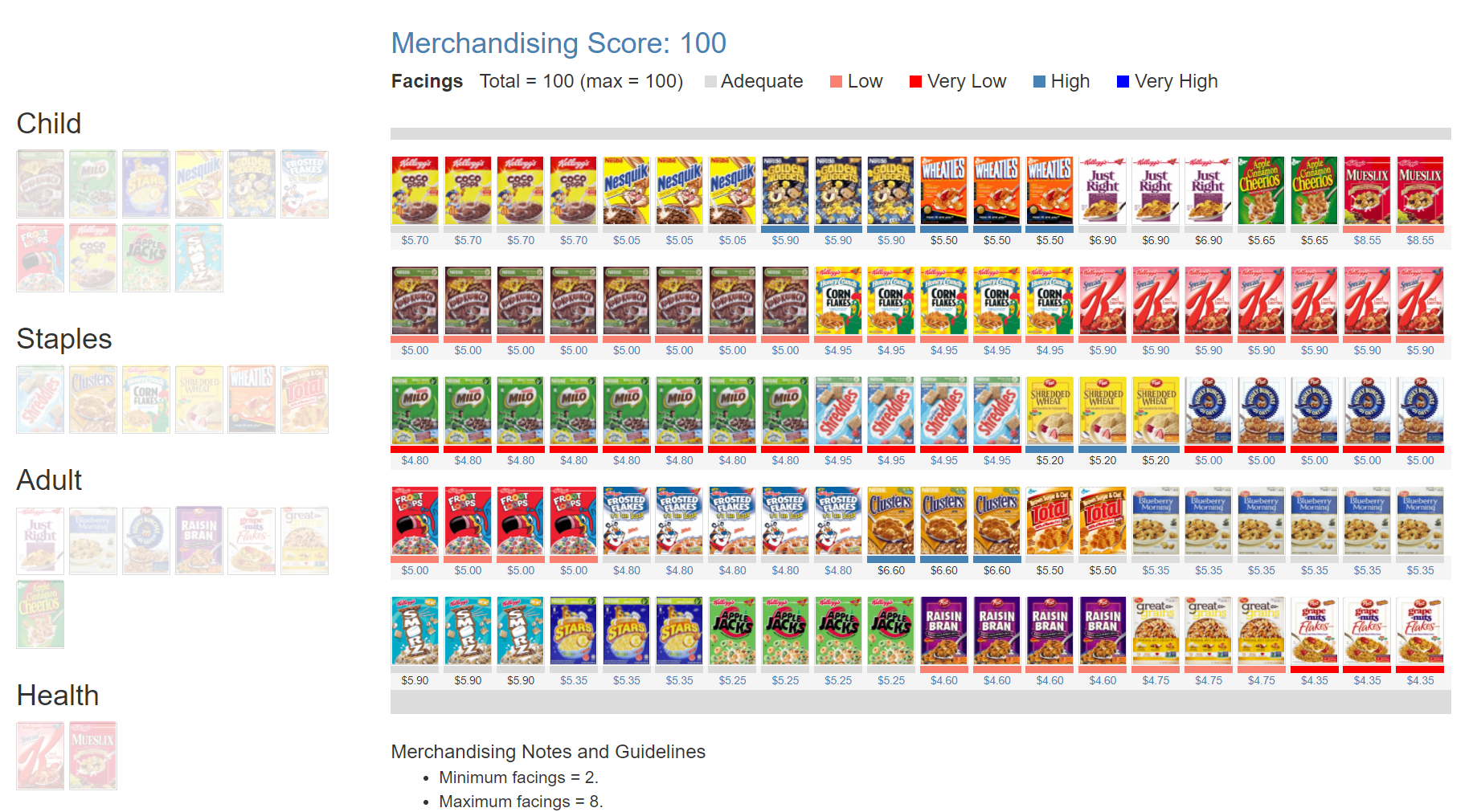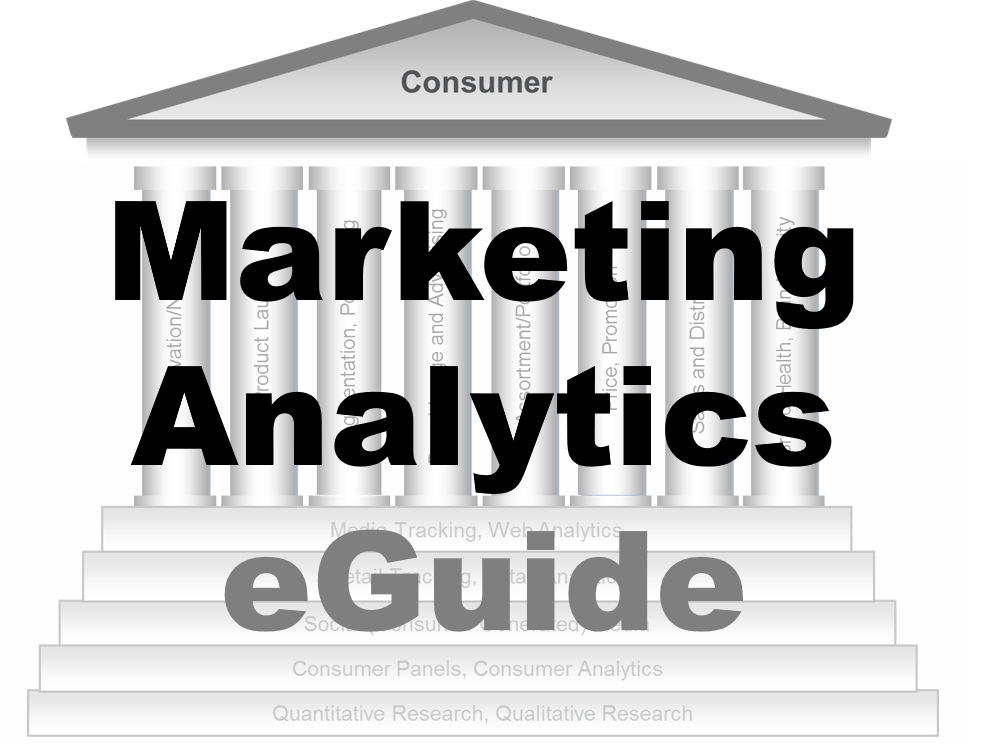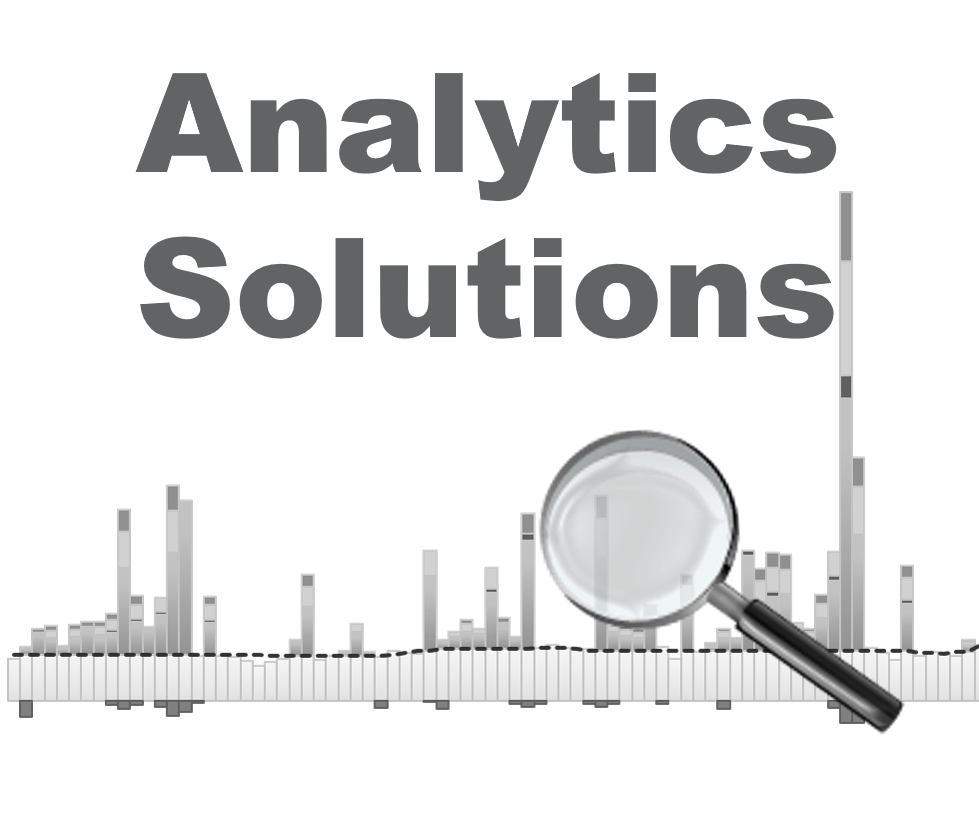-
Sales & Distribution
Sales and Distribution
Interdependence of Demand and Supply
Components of Sales — Width & Depth
Measures of Distribution (Width)
Sales and Distribution Priorities
Distribution Network — Basics
Relationship between Sales and Distribution
Right Channels, Right Chains
Right Assortment
Managing Assortment
Battle of Shelf Space
Measures of Assortment and Sales Velocity
Number of Items Stocked
Assortment Analysis
Sales per Point of Weighted Distribution
Share in Handlers
Average Sales per Store
Rate of Sales
Rate of Sales/Gross Profit
Portfolio Analysis
Fragmentation Analysis
Securing Retailer Support
Managing Stock in Trade
Allocation of Shelf Space
Cost of Stockouts
- Retail Tracking
- Sales and Distribution
- Retail Analytics
- Category Management
- Marketing Education
- Is Marketing Education Fluffy and Weak?
- How to Choose the Right Marketing Simulator
- Self-Learners: Experiential Learning to Adapt to the New Age of Marketing
- Negotiation Skills Training for Retailers, Marketers, Trade Marketers and Category Managers
- Simulators becoming essential Training Platforms
- What they SHOULD TEACH at Business Schools
- Experiential Learning through Marketing Simulators
-
MarketingMind
Sales & Distribution
Sales and Distribution
Interdependence of Demand and Supply
Components of Sales — Width & Depth
Measures of Distribution (Width)
Sales and Distribution Priorities
Distribution Network — Basics
Relationship between Sales and Distribution
Right Channels, Right Chains
Right Assortment
Managing Assortment
Battle of Shelf Space
Measures of Assortment and Sales Velocity
Number of Items Stocked
Assortment Analysis
Sales per Point of Weighted Distribution
Share in Handlers
Average Sales per Store
Rate of Sales
Rate of Sales/Gross Profit
Portfolio Analysis
Fragmentation Analysis
Securing Retailer Support
Managing Stock in Trade
Allocation of Shelf Space
Cost of Stockouts
- Retail Tracking
- Sales and Distribution
- Retail Analytics
- Category Management
- Marketing Education
- Is Marketing Education Fluffy and Weak?
- How to Choose the Right Marketing Simulator
- Self-Learners: Experiential Learning to Adapt to the New Age of Marketing
- Negotiation Skills Training for Retailers, Marketers, Trade Marketers and Category Managers
- Simulators becoming essential Training Platforms
- What they SHOULD TEACH at Business Schools
- Experiential Learning through Marketing Simulators
Interdependence of Demand and Supply
A mousetrap, irrespective of how good it is, will not sell if consumers cannot find it. And irrespective of how widely it is distributed, consumers would not buy it if they do not want it. It takes both supply and demand to achieve sales.
As per the principles of market economics, the relationship between supply and demand determines the prices and quantities of most goods and services in a given market. Supply, the push factor, is largely driven by sales efforts, including the management of distribution channels and trade marketing. Yet it is also strongly influenced by the demand for the product.
Demand for a brand generates a pull in sales. It yields a return on inventory for the retailer. As a brand’s turnover and profitability (turn × earn) improve, more retailers want to list it, and they allocate more shelf space to it On the other hand, if demand is in decline, the brand’s stock turnover deteriorates, retailers reduce its shelf space, trim its range and eventually de-list it.
While demand is predominantly created through marketing efforts, it is also influenced by availability and retailer support, including in-stores activities. The consolidation of retail makes the store an attractive place to market products, especially when coupled with the fragmentation of media, which diminishes the attractiveness of conventional marketing channels. Manufacturers are increasingly using in-store displays and in-store media to engage with their consumers.
In-store activities including displays, price-offs, sampling and in-store launches heighten brand awareness, shape perceptions and evoke the desire to purchase the brand. In-store media can be found on shelves (such as shelf talkers or stoppers), floors, shopping carts, chillers, as well as walls and ceilings. The presence of digital displays, including signage and touch screen kiosks, has grown. We are also witnessing growth in the use of mobile devices as a means to engage with shoppers.
In the practice of marketing analytics, while separate sets of metrics are employed to measure supply and demand, it is important to recognize that these two fundamental forces driving sales are fundamentally interdependent. Demand is influenced by supply, and supply is affected by demand.
Previous Next
Use the Search Bar to find content on MarketingMind.
Online Apps to train Category Managers

The Plannogrammer is an experiential learning facility for category managers, trade marketers, and retailers in consumer markets. Ideally suited for hybrid learning programmes, Plannogrammer imparts hands-on training in the planning and evaluation of promotions and merchandising.
It supports a collection of simulation and analysis platforms such as Promotions and Space Planner for optimizing space and promotions, Plannogram for populating shelves and merchandising, a Due To Analysis dashboard that decomposes brand sales into the factors driving sales, and a Promotion Evaluator to evaluate the volume, value and profit impact of promotion plans.
Contact | Privacy Statement | Disclaimer: Opinions and views expressed on www.ashokcharan.com are the author’s personal views, and do not represent the official views of the National University of Singapore (NUS) or the NUS Business School | © Copyright 2013-2025 www.ashokcharan.com. All Rights Reserved.





